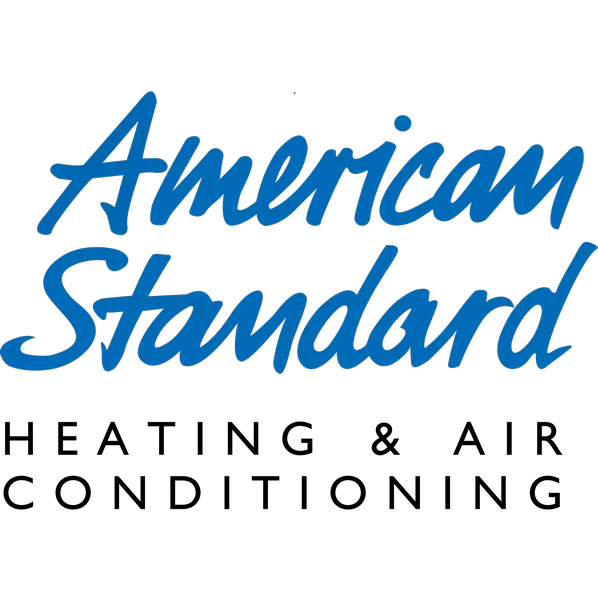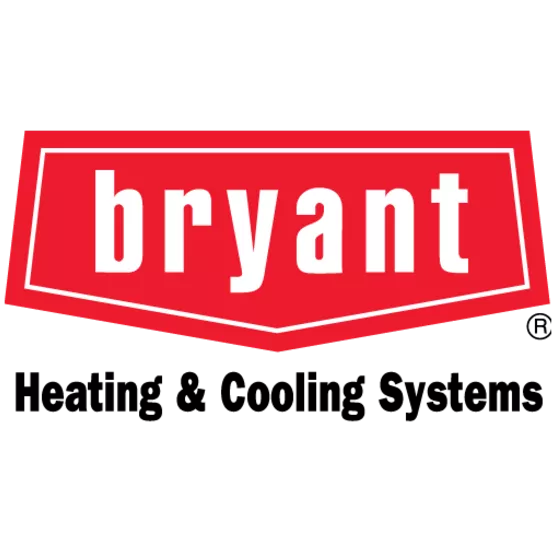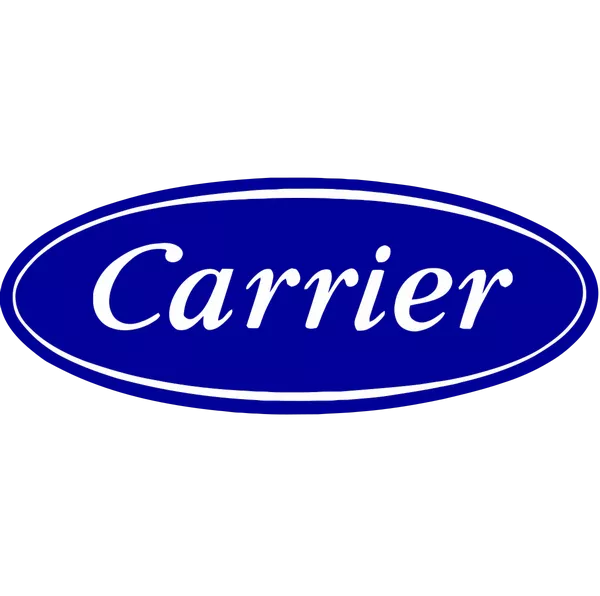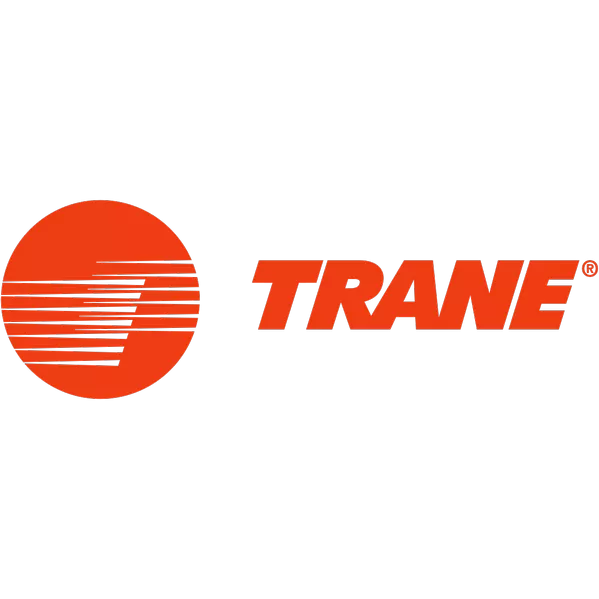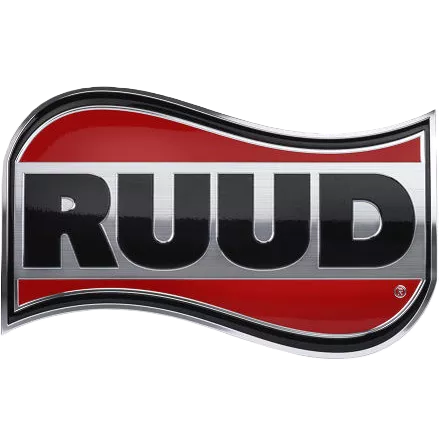American Standard: With origins in early 20th century heating and a long trail of industry recognition, this brand leans into rugged build, careful airflow control, and a communicating ecosystem that contractors know how to commission cleanly. For this comparison the spotlight is the AccuComfort Platinum 20 variable-speed central AC, the Platinum 95 modulating gas furnace, and the AccuComfort Platinum 20 variable-speed heat pump, and everything below will be judged on how these perform together as a matched set.
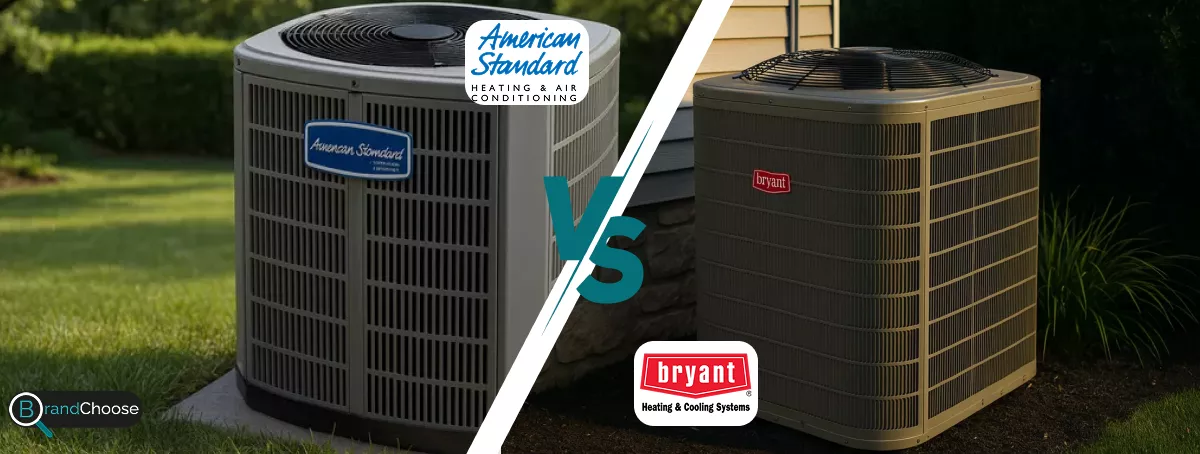
Bryant: Emerging from a similar era of furnace-first innovation and evolving into a full comfort lineup, this brand’s Evolution tier focuses on humidity control, quiet variable capacity, and a polished communicating control experience. Here the focus is the Evolution 191VAN variable-speed central AC, the Evolution 987M modulating gas furnace, and the Evolution 288BNV variable-speed heat pump, and the judgments below reflect how that trio behaves as a coordinated system.
Product Selection
| Primary Use Case | American-Standard | Bryant | ||
| Air Conditioner | Platinum 20 | 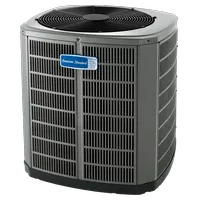 |
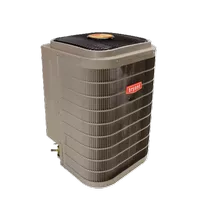 |
191VAN |
| Gas Furnace | Platinum 95 | 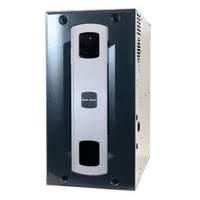 |
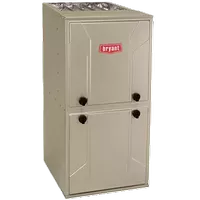 |
987M |
| Heat Pump | Platinum 20 | 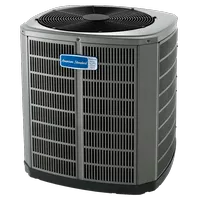 |
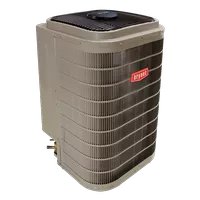 |
288BNV |
🟦 American Standard: The catalog follows a clear good-better-best arc with Platinum as the flagship, then Gold and Silver, so moving up or down in efficiency, sound, and features remains linear. The Platinum 20 + Platinum 95 + Platinum 20 HP stack is a common premium choice in 2 to 4 ton homes where long, low-power cycles and steady supply-air temps are the brief. Published matchups of outdoor units, indoor coils or furnaces, and the communicating control act like a tested recipe that preserves features across sizes, which turns later upgrades like zoning or advanced IAQ into straightforward additions rather than compatibility puzzles.
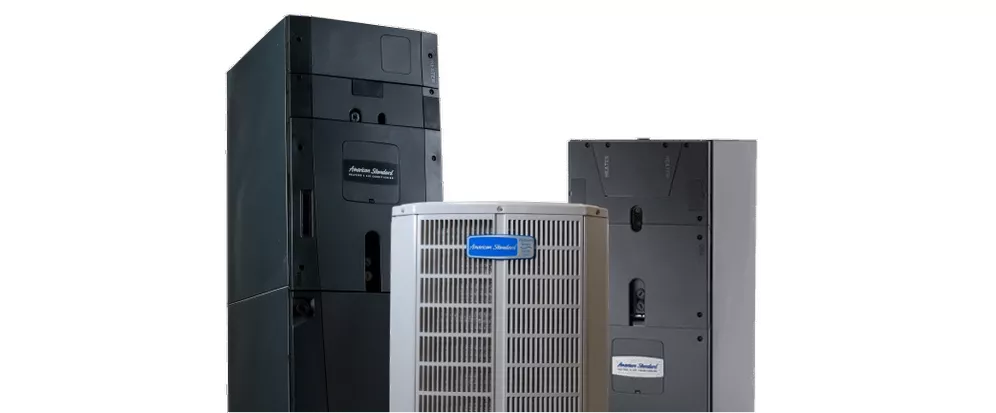
🟪 Bryant: The lineup mirrors that simplicity with Evolution at the top, then Preferred and Legacy, so shoppers are not forced to decode a maze of near-duplicates. The 191VAN + 987M + 288BNV trio appears frequently in retrofits where ducts are imperfect but comfort expectations are high, and documentation points dealers to pairings that keep ratings and variable behavior intact. The result for households is a ladder of options that feels intuitive, with fewer ways to end up with parts that do not talk to each other.
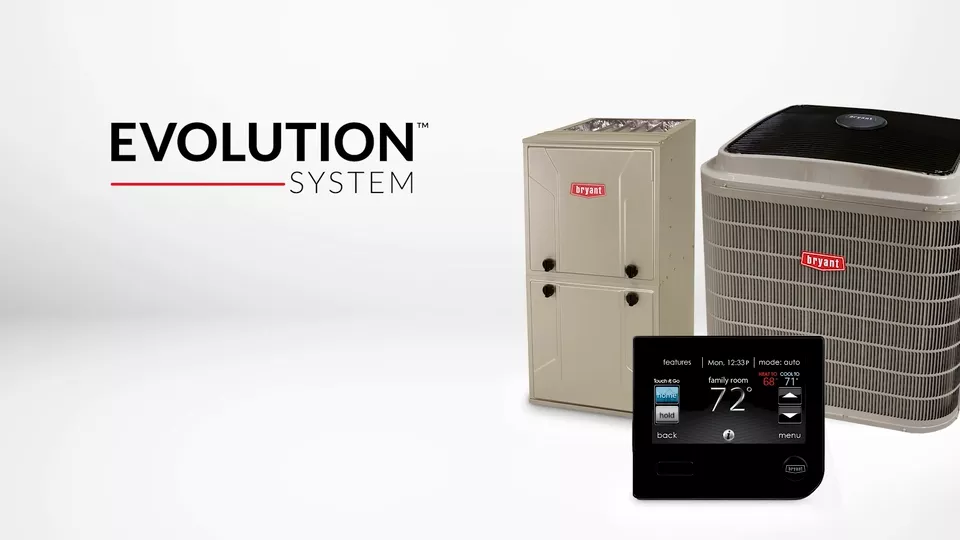
✅ Verdict: American Standard (Platinum/Gold/Silver) keeps a compact three-tier lineup that’s easy to navigate without missing key capacities, while Bryant (Evolution/Preferred/Legacy) offers near-mirror coverage with a wider spread of SKUs that lets dealers fine-tune size and coil pairings.
Customer Support & Warranty
🟦 American Standard: Registration delivers 10-year parts on premium equipment and robust heat-exchanger terms on furnaces, with service experiences buoyed by a contractor base that is accustomed to communicating and variable-capacity commissioning. Where distribution is strong, parts flow promptly and control logs shorten diagnostics; where it is thinner, outcomes hinge more on installer fluency with staging profiles, airflow tables, and setup menus that protect efficiency.

🟪 Bryant: Registration likewise brings 10-year parts and strong exchanger coverage, and dealers are well versed in Evolution controls. Network density varies by region, yet parts pathways and documentation are mature, so warranty visits tend to be predictable when matched sets and original controls are retained. After service events, feature integrity is easier to maintain because the platform expects specific coil and control combinations.

✅ Verdict: American Standard leverages the same service culture and parts channels you see with Trane-aligned dealers for predictable support, while Bryant benefits from Carrier-family networks where many independents move quickly on claims and replacements.
Energy Efficiency
🟦 American Standard: The Platinum 20 AC and HP sit in the premium SEER2 bracket (SEER2 is seasonal cooling efficiency under the current test), the Platinum 95 furnace reaches ultra-high AFUE (fuel-to-heat efficiency for gas furnaces), and the system’s inverter compressor and ECM blower (electronically commutated motor that can vary speed precisely) favor long, low-power cycles that cut on-off losses. With sealed ducts and charge verified by superheat and subcool (temperature checks that confirm refrigerant is boiling and condensing in the right places), double-digit bill reductions are routine, and shoulder-season operation avoids over-dehumidifying or short-cycling.
🟪 Bryant: The 191VAN AC lands in high-teens to low-20s SEER2, the 987M furnace is likewise ultra-high AFUE, and the 288BNV heat pump posts upper-tier SEER2/HSPF2 (HSPF2 is seasonal heating efficiency for heat pumps). The Evolution control biases toward steady partial-load operation and will lower cfm per ton (airflow per ton of cooling) during humidity pulls so the coil runs colder and removes moisture efficiently. In homes sized correctly with reasonable static pressure, 20 percent plus seasonal savings versus 12–14 SEER legacy gear are very achievable.
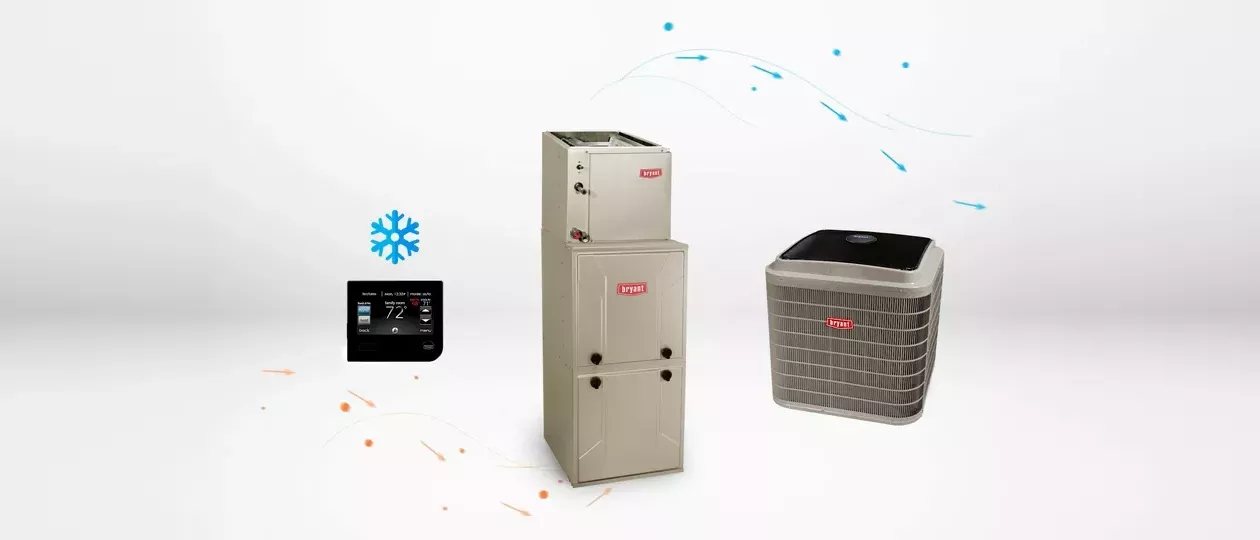
✅ Verdict: American Standard hits top-tier efficiency in its variable-speed flagships using AccuComfort staging, while Bryant matches those rebate-friendly ratings in its Evolution series and often lines up neatly with local incentive tiers.
Smart Features & Connectivity
🟦 American Standard: The communicating thermostat is the system’s brain (a control that exchanges live data with the equipment so modulation targets comfort rather than simple on-off), coordinating compressor speed, blower cfm, and coil temperature to meet temperature and humidity setpoints efficiently. Zoning, schedules, and IAQ modules are managed in one place, and event logs surface coil, compressor, and fan behavior so technicians solve causes instead of symptoms. Third-party thermostats can run the equipment, but staying within the ecosystem preserves deep features like staged airflow during dehumidification and optimized dual-fuel balance-point logic.

🟪 Bryant: The Evolution Connex control is likewise a communicating platform that manages variable capacity, zoning, humidity, and scheduling while exposing diagnostic histories that shorten truck time. Interface design is accessible, app control is stable, and the logic favors gentle ramps that avoid noticeable swings in rooms. IAQ add-ons integrate cleanly, and the system behaves like a coherent whole rather than a set of accessories bolted on after the fact.

✅ Verdict: American Standard integrates comfort, zoning, and monitoring through AccuLink controls and Nexia for a stable whole-home setup, while Bryant uses Evolution Connex to deliver similarly deep control with a thermostat interface many homeowners find especially intuitive.
Noise Level
🟦 American Standard: The Platinum 20 condenser and communicating air handler aim to spend most hours at partial capacity, which keeps fan and compressor speeds modest and the outdoor note easy to live with. Outdoor loudness is measured in dB (decibels, a logarithmic unit of sound level), and indoor quiet hinges on gentle blower ramps that avoid pressure spikes in duct trunks. The biggest swing factor is external static pressure (the duct system’s resistance, measured in inches of water column) because high static forces higher blower rpm and more turbulence. With a level pad, short flexible line-set section for vibration decoupling, sensible clearance from reflective walls, and returns sized to target airflow, the sound character stays low and non-tonal in day to day cooling.
🟪 Bryant: The Evolution 191VAN and its variable-speed blower likewise favor long, low-power cycles, so the cabinet rarely reaches full tilt except on design days. Panel stiffness and fan geometry limit chatter and high-pitch tones, while the communicating control phases ramp-up rather than jumping to maximum airflow. As with any premium setup, quiet is won or lost in site decisions: pad and placement, sealed filter racks, ample return area, and supply registers that are not starved by furniture. When static is kept in check and vibration is isolated, the outdoor and indoor notes settle into a soft background hush.
✅ Verdict: American Standard runs very quietly at low compressor speeds when sized and charged correctly, while Bryant keeps the sound signature composed with cabinet and blower tuning that stays unobtrusive in typical living spaces.
Cost & Affordability
🟦 American Standard: Premium variable-speed equipment lives in premium installed-price territory. Typical installed ranges for a 3-ton reference job with standard labor and no duct replacement are: AC only Platinum 20 with matched coil about 11,500 to 19,500 USD, furnace only Platinum 95 about 6,000 to 10,000 USD, heat pump only Platinum 20 about 12,500 to 21,000 USD. A matched AC plus furnace set commonly lands 15,500 to 29,000 USD, and a dual-fuel configuration that pairs the heat pump with the modulating furnace often runs 17,000 to 33,000 USD. Add 10 to 25 percent for electrical upgrades, crane lifts, or line-set reroutes, and subtract what utility rebates and off-season promos shave off.
🟪 Bryant: Installed pricing trends similarly but often quotes a notch lower for comparable Evolution configurations. As a 3-ton reference, common ranges are: AC only 191VAN with matched coil 11,000 to 18,500 USD, furnace only 987M 5,500 to 9,500 USD, heat pump only 288BNV 12,000 to 20,500 USD. A matched AC plus furnace package typically posts 15,000 to 28,000 USD, while dual-fuel sets tend to run 17,000 to 32,000 USD. The spread in quotes usually comes from accessories like zoning and IAQ, correction of high static by adding returns, and regional dealer programs.
✅ Verdict: American Standard usually prices in the mid-to-premium range for its variable systems and matched accessories, while Bryant often comes in a notch lower for equivalent hardware, helping stretch the budget without giving up core performance.
Reliability & Durability
🟦 American Standard: Cabinets use heavy-gauge, powder-coated steel, and all-aluminum indoor coils mitigate formicary corrosion (microscopic copper pitting from household organics). Variable-speed compressors benefit from soft starts and long cycles, which lower mechanical stress, and the communicating control stores fault histories so intermittent issues are traceable instead of guesswork. Long service life still depends on disciplined commissioning: precise charge confirmed by superheat and subcool readings (temperature checks that verify refrigerant is boiling and condensing in the right places), airflow near 350 to 400 cfm per ton (target airflow per ton of cooling), and clean coils that shed heat well in July.
🟪 Bryant: The Evolution tier mirrors premium construction, with rigid cabinets, corrosion-resistant finishes, and coils that maintain heat transfer when kept clean. Dealers familiar with the platform often verify blower watts against airflow targets and address return deficits early, which prevents nuisance trips during heat waves. Where coastal kits, hail guards, and sealed filter racks are spec’d routinely, cabinets stay straighter and coils stay cleaner, preserving capacity and reducing long-term noise.
✅ Verdict: American Standard is known for sturdy cabinets and coils that hold up well when maintained, while Bryant pairs comparable engineering with widely available parts that keep repairs straightforward across many markets.
Cooling Performance
🟦 American Standard: The inverter aligns outdoor capacity and indoor airflow so the evaporator runs cool enough to grab both sensible load and latent load efficiently (sensible is temperature change, latent is moisture removal). During humidity pulls the control trims cfm per ton so the coil stays colder longer, which boosts moisture pickup without overshooting temperature. The result is long, stable cycles, a predictable return-to-supply delta-T (delta-T is the air temperature drop across the coil), and indoor RH that holds near the mid-40s to 50 percent band through typical summers.
🟪 Bryant: The Evolution stack takes the same premium path, keeping coil temperature low enough for strong latent control while steady airflow evens out distant rooms. The control logic maintains a balanced SHR (sensible heat ratio, the share of total cooling devoted to temperature rather than moisture), which is why homes feel less sticky even at slightly higher thermostat setpoints. With matched coils and correct charge, comfort feels “cool but not clammy,” and supply temps remain consistent across longer runs.

✅ Verdict: American Standard variable-speed systems hold tight temperature and humidity when paired with the right air handler, while Bryant inverters deliver the same steady comfort and are frequently tuned to balance dehumidification with airflow in older ductwork.
Heating Performance
🟦 American Standard: The Platinum 95 modulating furnace trims fuel in small steps with a variable-speed ECM blower (electronically commutated motor that adjusts speed precisely), so supply air warms smoothly without blast-then-coast swings. The Platinum 20 heat pump uses an inverter compressor to hold output just above the load, which lifts HSPF2 performance and reduces defrost frequency. In dual-fuel setups the control shifts to gas at a user-defined balance point (the outdoor temperature where gas becomes cheaper or more comfortable than electric), keeping comfort and bills predictable when temperatures drop.
🟪 Bryant: The Evolution 987M modulating furnace and Evolution 288BNV variable-speed heat pump coordinate burner, blower, and compressor through the communicating control so rooms warm evenly at low stage for most winter hours. Defrost logic avoids unnecessary reversals, and dual-fuel programming lets electric carry shoulder seasons while gas covers deep cold once the balance point is reached. Owners typically report quiet low-fire operation and steady supply temperatures during long evening runs.
✅ Verdict: American Standard modulating furnaces and variable heat pumps provide smooth, even supply-air temperatures in cold snaps, while Bryant mirrors that staging logic and is a strong pick where stable, consistent heat is the priority.
Indoor Air-Quality Enhancements
🟦 American Standard: The communicating ecosystem ties filtration, humidity, and ventilation into one plan. High-MERV media cabinets are supported out of the box (MERV is a filter rating that indicates how small a particle the filter can capture), and the control can lower cfm per ton during humidity pulls so the coil runs colder for better moisture removal. Whole-home humidifiers and ERV/HRV ventilators integrate cleanly (ERV/HRV bring in fresh air while exchanging heat or moisture), which helps hold indoor RH near the mid-40s to 50 percent band through typical summers.
🟪 Bryant: The Evolution Connex platform coordinates media filtration, UV or electronic air cleaners, humidification, and balanced ventilation while keeping duct external static pressure within blower targets (external static pressure is the duct system’s resistance, measured in inches of water column). The control increases filter contact time and bias fan speed for latent removal when RH climbs, reducing that cool-but-clammy feel without overcooling rooms.
✅ Verdict: American Standard integrates IAQ cleanly with options like AccuClean whole-home filtration, while Bryant counters with its Evolution Air Purifier and a broad accessory slate for ventilation and humidification that slots neatly into the control ecosystem.
Installation & Serviceability
🟦 American Standard: Premium outcomes depend on doing the fundamentals by the book. Best practice uses Manual J for room load calculation, Manual S for equipment selection, and Manual D for duct design and sizing. Commissioning targets include 350 to 400 cfm per ton, total external static pressure at or below equipment ratings, nitrogen pressure testing, deep evacuation, and charge verification with superheat and subcool readings (superheat and subcool confirm the refrigerant is boiling and condensing in the right places). Diagnostics expose coil, compressor, and blower behavior so technicians confirm delta-T across the coil (delta-T is the temperature difference between return and supply air) without guesswork.
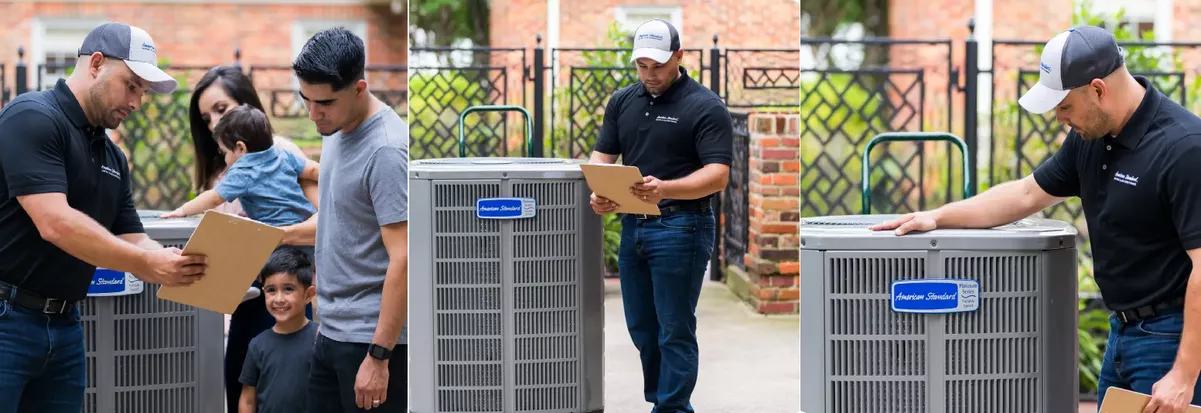
🟪 Bryant: The same discipline applies, with Connex exposing blower watts, coil conditions, and fault histories that speed troubleshooting and protect efficiency. Cabinets provide direct access to coils, boards, and blowers, and matched-set guidance helps preserve communicating features after service events. Attention to return sizing and sealed filter racks keeps external static pressure in range, which protects motors and preserves quiet, low-speed operation.
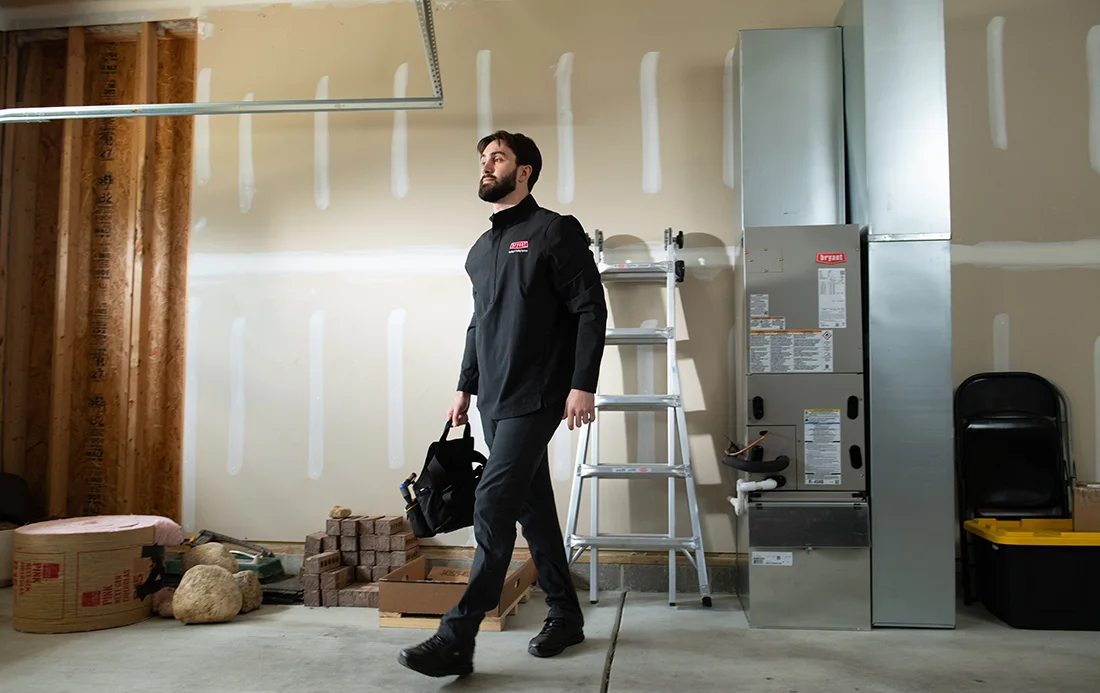
✅ Verdict: American Standard offers clear diagnostics and service access that trained dealers know well, while Bryant matches the toolkit and benefits most when a Carrier-family contractor brings solid Manual J/S/D, airflow tuning, and by-the-book commissioning.
Quick Buyer Match Guide
🟦🟦 Choose American Standard if you
You want ultra-smooth furnace modulation, integrated IAQ control under one umbrella, and low-speed stability that keeps temperature and humidity tight across long cycles.
🟪🟪 Choose Bryant if you
You want premium variable-capacity comfort at quotes that often land a notch lower, a communicating control that is approachable day to day, and dealer support that keeps service straightforward.

